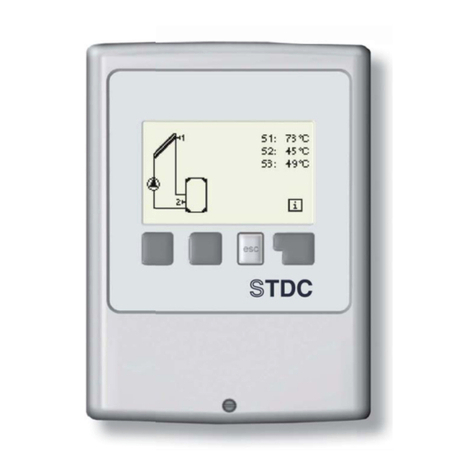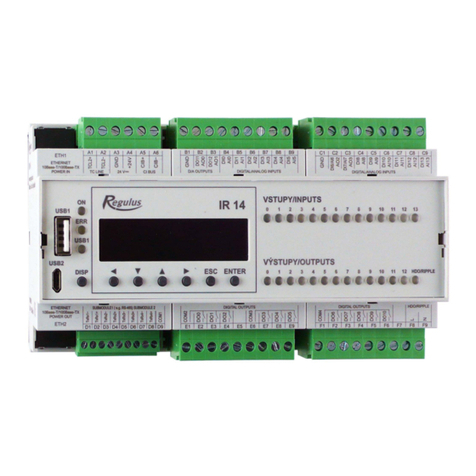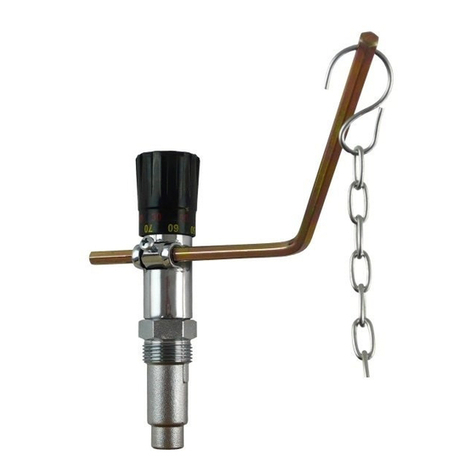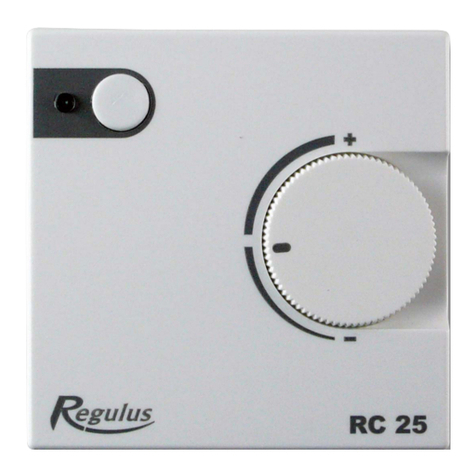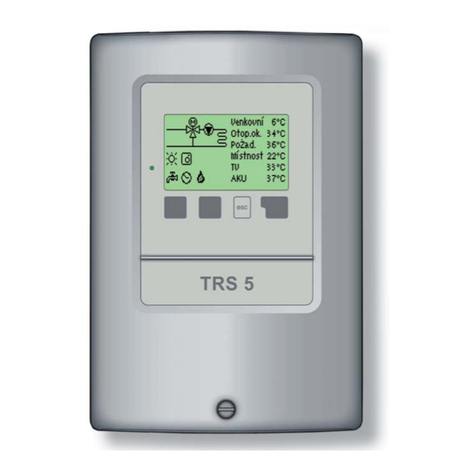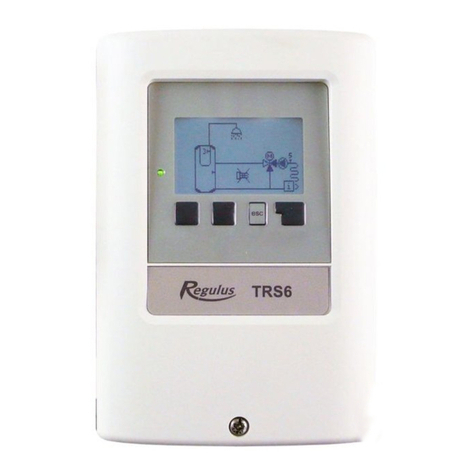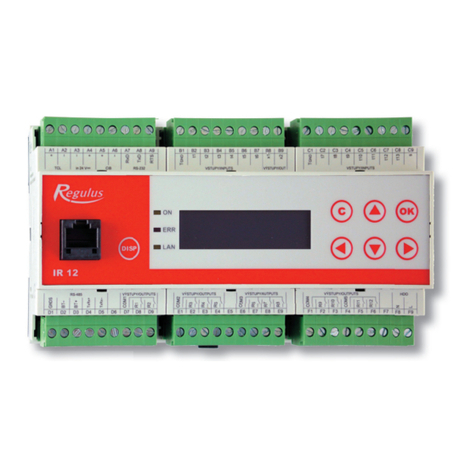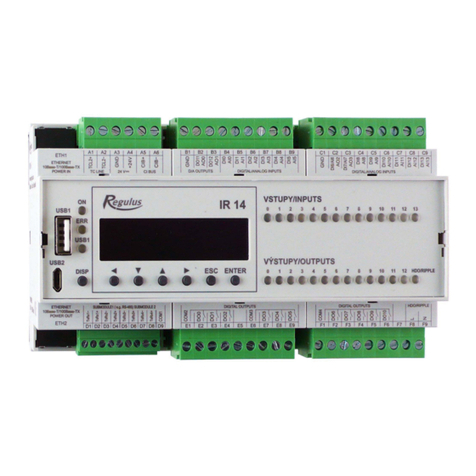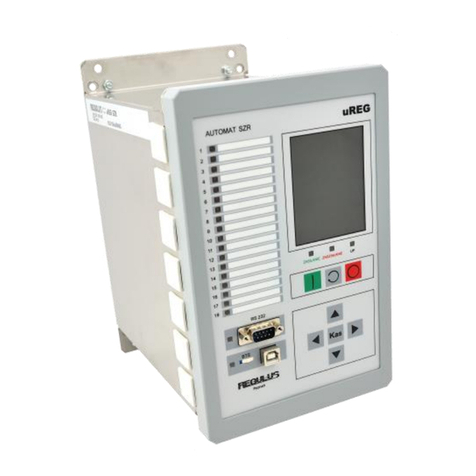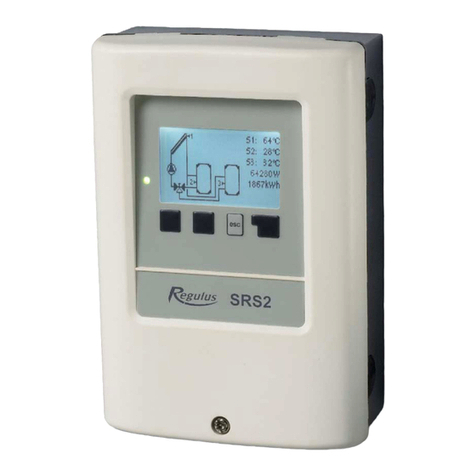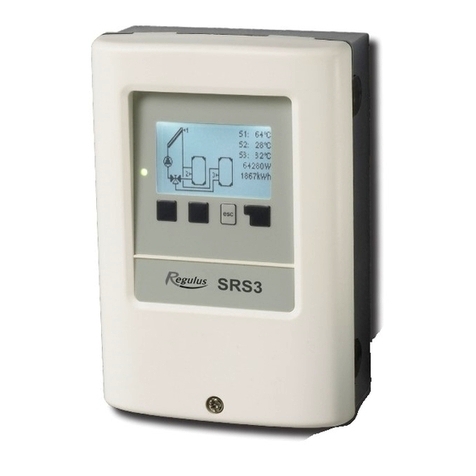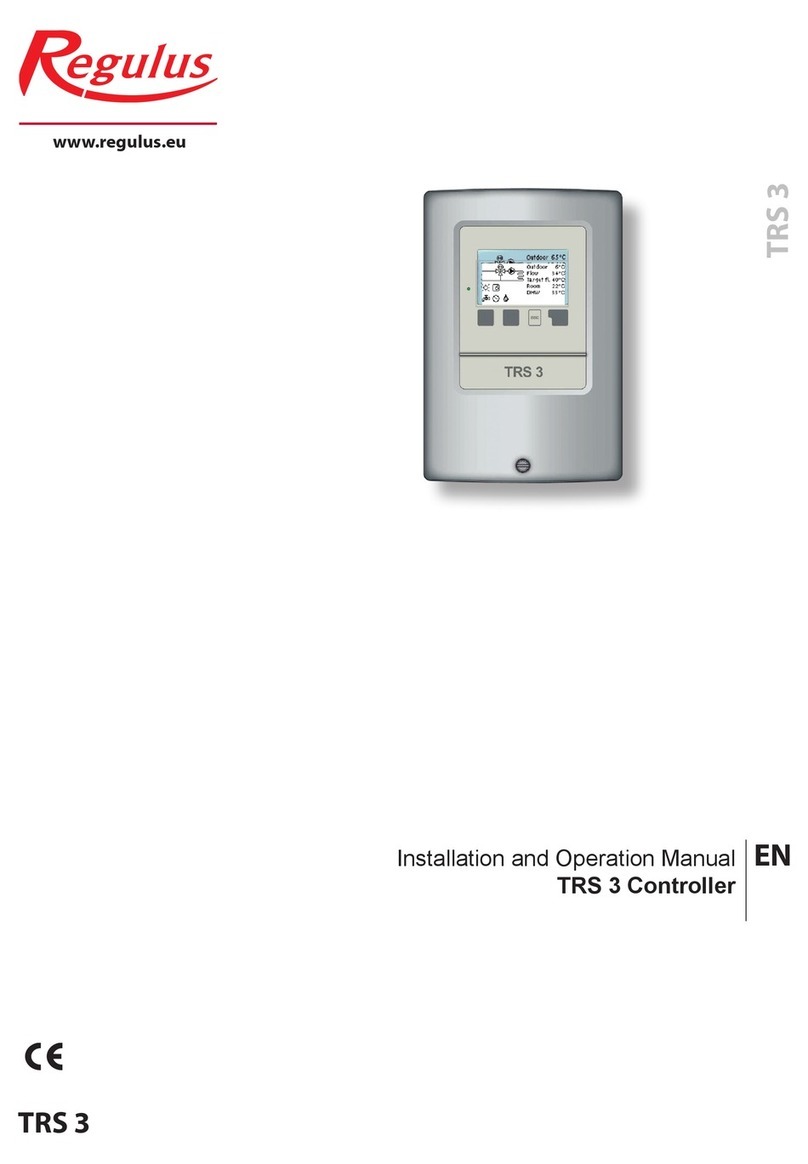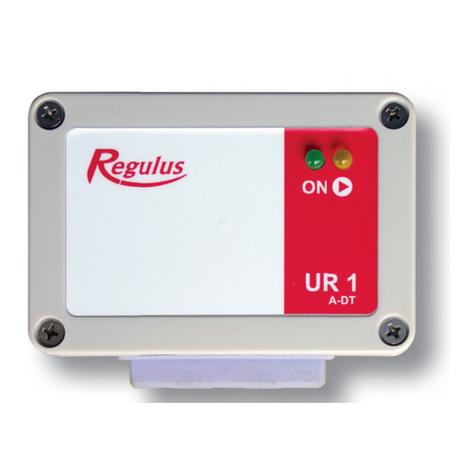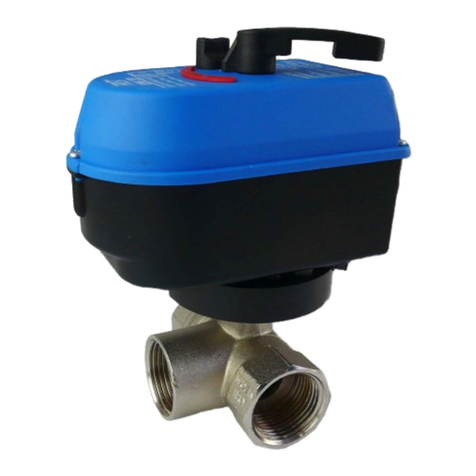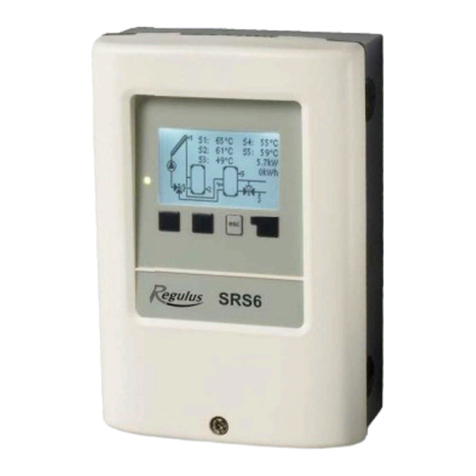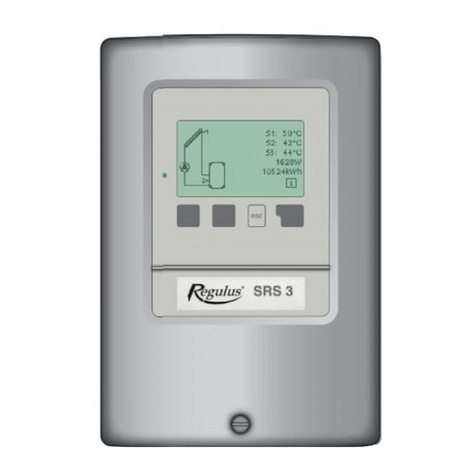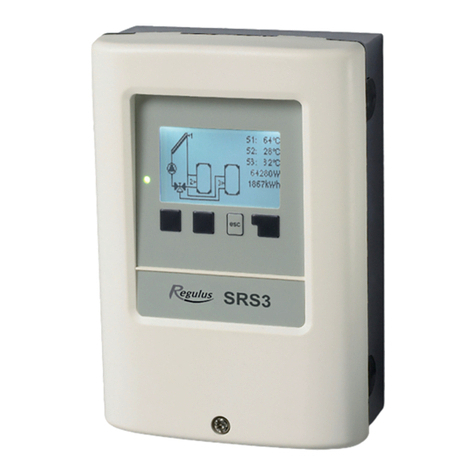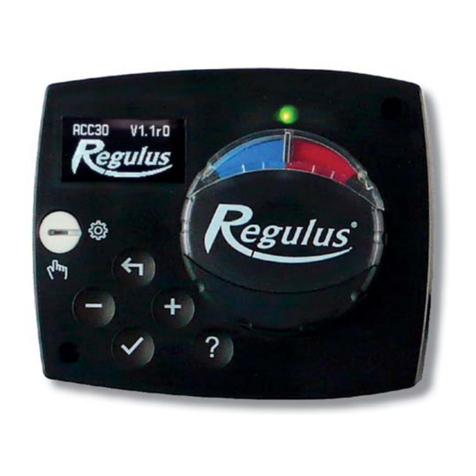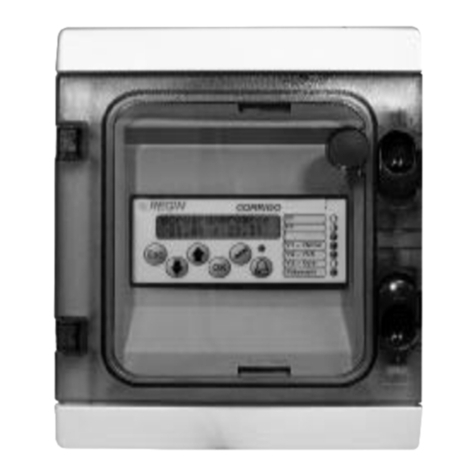CONTENTS
A - Description and Installation
A 1 - Specification ................................................................................................................................ 4
A 2 - Description .................................................................................................................................. 5
A 3 - Scope of supply ........................................................................................................................... 5
A 4 - Explanation of symbols ............................................................................................................... 5
B - Hydraulic variants
C - Installation and Wiring
C 1 - Wall installation ........................................................................................................................... 7
C 2 - Electric wiring .............................................................................................................................. 8
C 3 - Installing the temperature sensors .............................................................................................. 8
D - Electric Wiring of Hydraulic Variants
E - Controller Use
E 1 - Display and input ......................................................................................................................... 10
E 2 - Menu sequence and menu structure ........................................................................................... 11
E 3 - Commissioning help - setup wizard ............................................................................................ 12
E 4 - Free commissioning .................................................................................................................... 12
F - Menu Description
F 1 - Measurements ............................................................................................................................ 13
F 2 - Statistics ...................................................................................................................................... 14
F 3 - Times ........................................................................................................................................... 15
F 4 - Operating modes ......................................................................................................................... 16
F 5 - Settings HC ................................................................................................................................. 18
F 6 - Settings HC 2 .............................................................................................................................. 20
F 7 - Protective functions ..................................................................................................................... 21
F 8 - Special functions ......................................................................................................................... 22
F 9 - Menu lock .................................................................................................................................... 24
F 10 - Service values ............................................................................................................................. 25
F 11 - Language ..................................................................................................................................... 26
G - Defects and Maintenance
G 1 - Error and info messages ............................................................................................................. 26
G 2 - Replacing the fuse ...................................................................................................................... 27
G 3 - Maintenance ............................................................................................................................... 27
G 4 - Useful hints and tricks ................................................................................................................. 28
G 5 - Disposal ...................................................................................................................................... 28
